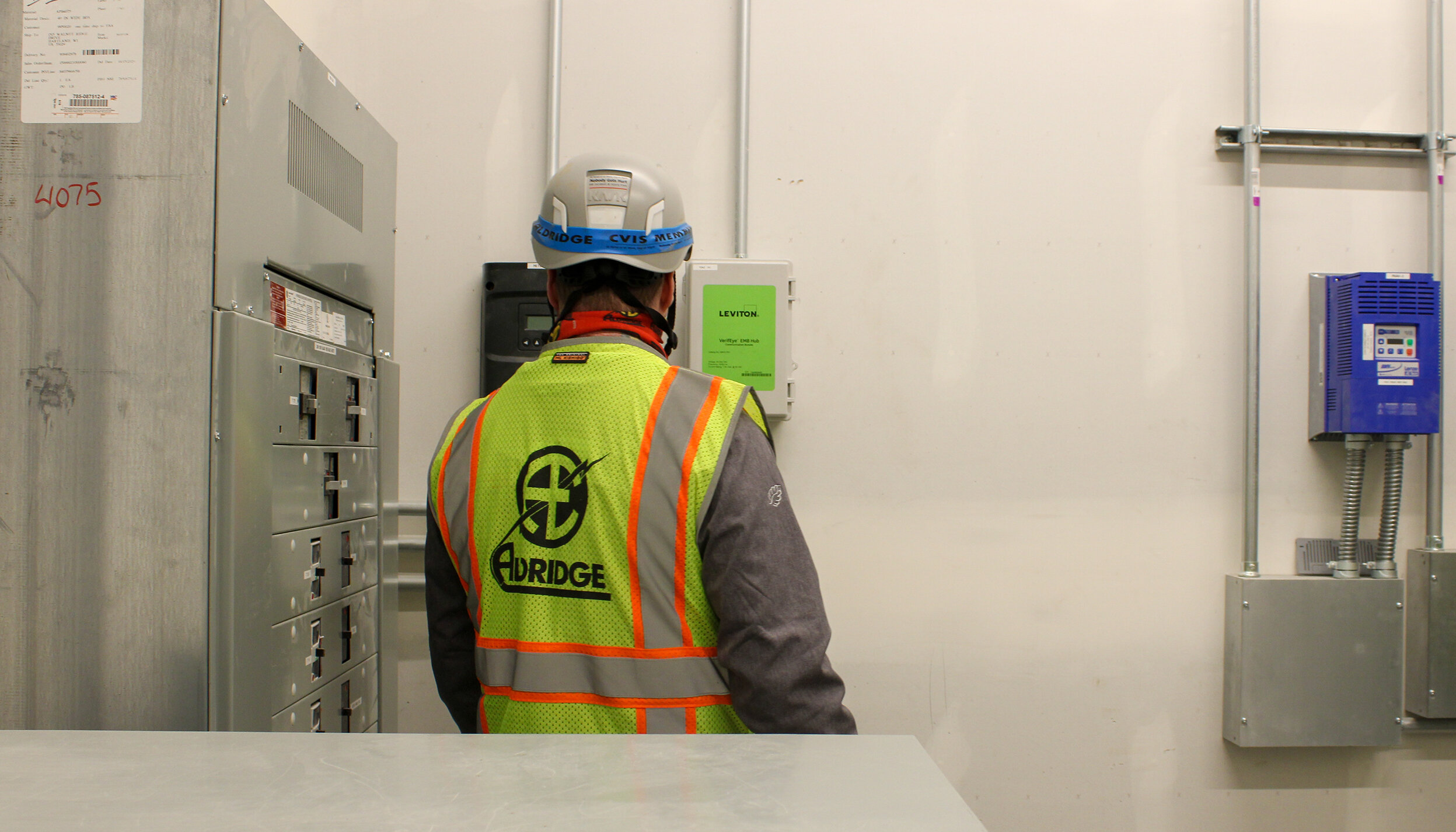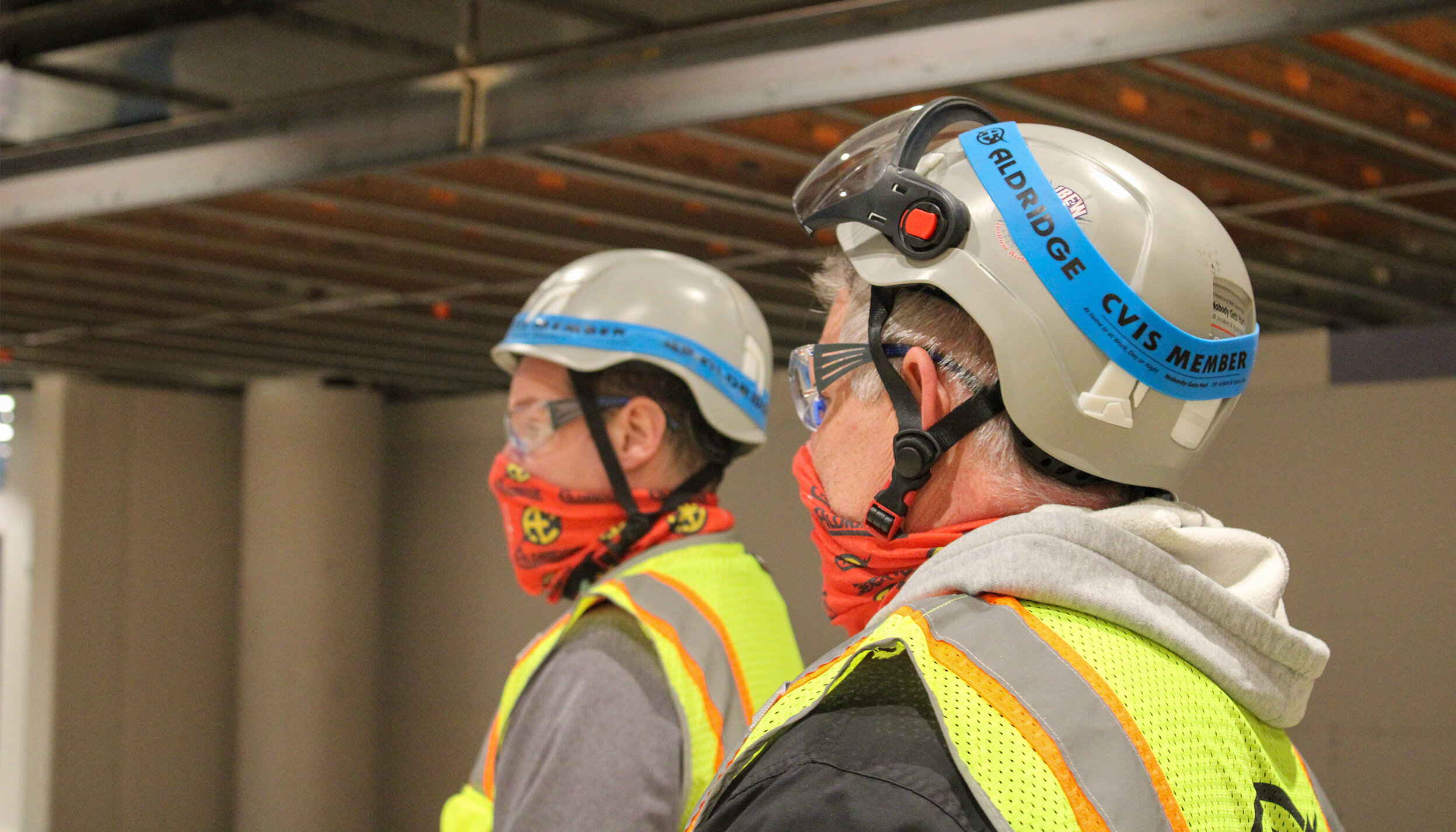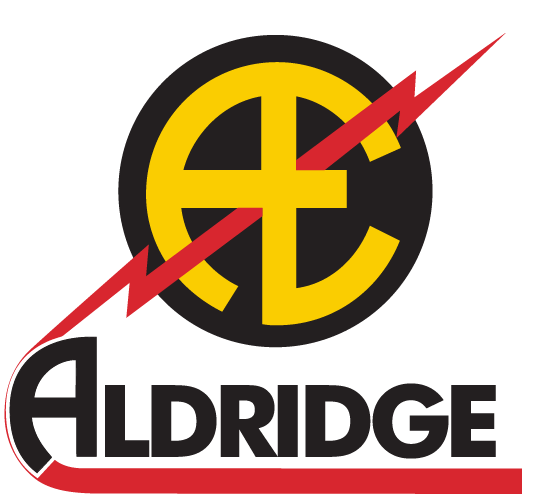craft voice in safety (cvis)
Developed for the craft, by the craft.
Craft Voice in Safety (CVIS) creates a culture where everyone has a voice. Craft are taking care of craft, in a partnership with management, through ownership, communication, and prevention, while fostering a culture of Incident and Injury Free to achieve our goal of Nobody Gets Hurt.
There are two types of CVIS members - on-tools and off-tools. Whether the member is on- or off-tools depends on a project’s or facilities needs.
CVIS Members Roles and Responsibilities:
CVIS members are visible in the field, shops, yards and openly communicate with management on behalf of their co-workers. They bring craft issues and concerns directly to project and supervisory leadership to help create and maintain a “one team” environment. At a minimum, CVIS members are expected to:
■ Support and maintain safe work practices at all times, in all work areas
■ Correct unsafe conditions and behaviors in the field at a peer-to-peer level
■ Recognize and communicate safety challenges and issues to the committee and management
■ Help develop and review programs and policies
■ Lead by example, mentor new hires, and develop personal relationships with fellow craft
■ Proactively guide and motivate craft towards a more positive safety culture
■ Lead safety training, incorporate CVIS into project culture and onboard new employees to CVIS — explain the team’s mission and encourage employee involvement
■ Help organize CVIS events; communicate incident findings, CVIS actions and safety wins to the project, and bring craft recommendations, such as challenges in the field or suggestions to improve, to CVIS meetings
■ Protect the confidentiality of the information and build trusting relationships with the craft. Members will not disclose confidential information when issues are reported
■ Avoid posting photos without permission, especially on social media
■ Ensure employee’s privacy when discussing their concerns with management or others. Craft wants to know that they can bring forward CVIS issues without fear of discipline, judgment, or retaliation
CVIS team members should be people that are:
■ Positive and influential
■ Recognized as a “safety champion” by their co-workers
■ Strong leaders with a desire to make a difference
■ Knowledgeable in their trades.
■ Proactive and motivated
■ Naturally willing to watch out for their team
■ Responsible both on and off the job
■ Engaged and participate in safety efforts
■ Great listeners with strong communication skills
■ Respectful and willing and able to learn
It’s important to select the right individuals to participate in a CVIS team. The right people can greatly impact the level of success a project will have with craft engagement, communication with management and targeted safety efforts.
CVIS DOs
CVIS team members are expected to:
■ Be approachable and available
■ Be the voice for your peer
■ Address issues — good and bad — with craft, crews and/or management in a timely manner
■ Provide on-the-spot feedback
■ Close out issues in a timely manner and report actions during meetings
■ Respond to each suggestion and include an explanation for the response
■ Work with management to ensure someone from project leadership attends each meeting
■ Document attendance at meetings
■ Communicate positive safety efforts
■ Communicate and distribute meeting minutes to the rest of the project
■ Maintain positive relationships with both craft and management
■ Be a problem solver
■ Treat everyone equally
■ As needed, adjust plans and policies that are not found to be effective
■ Network and communicate with other CVIS committees
CVIS DON’Ts
■ Don’t become a disciplinarian
■ Don’t forget where you came from




